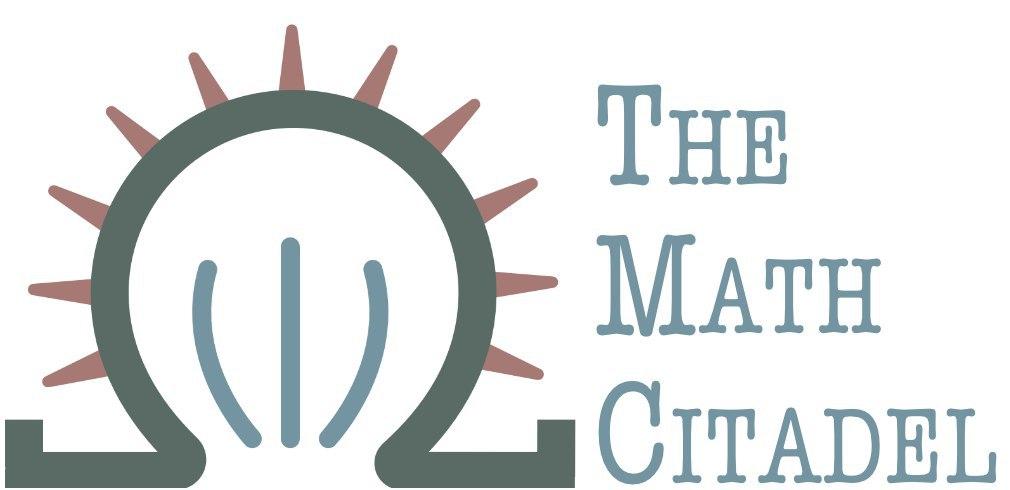
Like some other terms in mathematics ("algebra" comes to mind), topology is both a discipline and a mathematical object. Moreover like algebra, topology as a subject of study is at heart an artful mathematical branch devoted to generalizing existing structures like the field of real numbers for their most convenient properties. It is also a favorite subject of mine, ever since my first introduction to it. This is due in large part to its exceedingly simple first principles, which make the wealth of expansion they allow all the more impressive.
It is my intent to discuss some of these starting points here, in the first of a short series of posts toward the goal of presenting one of my favorite results arising in topology: Moore-Smith convergence, a vast extension of the notion of the limit of a sequence. My representation here follows the explanation given by John L. Kelley in his classic text General Topology, which I recommend to all curious readers.
Definition. By topology is meant any collection $\mathscr{T} $ of sets satisfying two conditions: $$\begin{array}{lrcl}\text{(1)} &A,B\in\mathscr{T} &\Rightarrow &A\cap B\in\mathscr{T};\\\text{(2)} &\mathscr{C}\subset\mathscr{T} &\Rightarrow &\bigcup\{C\in\mathscr{C}\}\in\mathscr{T}\end{array} $$
Corollary. If $\mathscr{T} $ is a topology, then $$\begin{array}{ll}\text{(i)} &\emptyset\in\mathscr{T};\\\text{(ii)} &\bigcup\{T\in\mathscr{T}\}\in\mathscr{T}.\end{array} $$Since $\emptyset\subset S $ for every set $S $, and $\mathscr{T}\subset\mathscr{T} $, it is enough to apply $(2) $ to both of these cases to prove the corollary. In fact, many texts make the definition $X\mathrel{:=}\bigcup\{T\in\mathscr{T}\} $, and refer to the pair $(X,\mathscr{T}) $ as the topological space defined by $\mathscr{T} $. This way, the space is given its character by way of the scheme that builds $\mathscr{T} $, rather than the set $X $. It is an important distinction, for many topologies are possible on a given set. With that, we can look at some examples.
| $\emptyset $ | ||
| $\{2\} $ | $\{3\} $ | $\{5\} $ |
| $\{2,3\} $ | $\{2,5\} $ | $\{3,5\} $ |
| $\{2,3,5\} $ |
Remark. Given a topological space $(X,\mathscr{T}) $, the elements of $\mathscr{T} $ are referred to as open sets. This nomenclature is motivated in the next example.
Proof. To show $\bigcup\{T\in\mathscr{T}\}=\mathbb{R} $, it must be verified that $\bigcup\{T\in\mathscr{T}\}\subset\mathbb{R} $ and $\mathbb{R}\subset\bigcup\{T\in\mathscr{T}\} $. The first containment follows by defining every $T\in\mathscr{T} $ as a subset of $\mathbb{R} $ to begin with, so the reverse containment is all that is left. Let $x\in\mathbb{R} $ be given. Then certainly $x\in(x-1,x+1) $, and surely $(x-1,x+1)\in\mathscr{T} $, as it contains an open interval around all its points by its very design. Thus $x\in\bigcup\{T\in\mathscr{T}\} $. On to proving $\mathscr{T} $ satisfies $(1) $ and $(2) $. For $(1) $, let $A,B\in\mathscr{T} $ be given and suppose $x\in A\cap B $. (An important point here: by supposing x ∈ A ∩ B, it is automatically assumed A ∩ B ≠ Ø. To see the empty set belongs to 𝒯 regardless, note that the statement "if x ∈ Ø, then x ∈ (a, b)" is always true.) This holds if, and only if, $x\in A $ and $x\in B $. Since $A $ and $B $ both belong to $\mathscr{T} $, there exist real numbers $a $, $b $, $c $, and $d $ such that $x\in(a,b)\subset A $, and $x\in(c,d)\subset B $. But this means $x\in(a,b)\cap(c,d) $. Fortunately, two intervals of real numbers may only overlap in one way: this means either $c<b $ or $a<d $. Without loss of generality, suppose it is the former case, that $c<b $. Then $(a,b)\cap(c,d)=(c,b) $, and it is so that $x\in(c,b) $, an open interval contained in $A\cap B $ (precisely as desired), and it follows $A\cap B\in\mathscr{T} $. To show $(2) $ is much easier. Here, 𝒜 denotes an arbitrary collection so that the proof is not too specific; similarly α is just an index marker. Let $\{T_\alpha\}_{\alpha\in\mathscr{A}} $ be a collection of sets belonging to $\mathscr{T} $, and suppose $x\in\bigcup_{\alpha\in\mathscr{A}}T_\alpha $. Then there exists an index, say $\alpha_0\in\mathscr{A} $, such that $x\in T_{\alpha_0} $. Since $T_{\alpha_0}\in\mathscr{T} $, there exist real numbers $a $ and $b $ such that $x\in(a,b)\subset T_{\alpha_0} $. But this means $x\in(a,b)\subset\bigcup_{\alpha\in\mathscr{A}}T_\alpha $. Since $x $ was chosen arbitrarily, it follows $\bigcup_{\alpha\in\mathscr{A}}T_\alpha\in\mathscr{T} $.The proof above shows $(\mathbb{R},\mathscr{T}) $ is a topological space; the collection $\mathscr{T} $ is referred to as the standard topology on $\mathbb{R} $. The open sets in this space are all the subsets of real numbers contained in open intervals. Fittingly, then, open intervals are open sets in the standard topology.